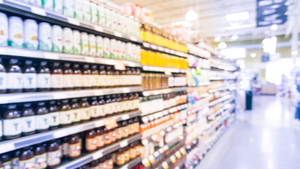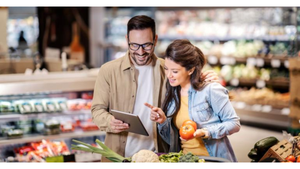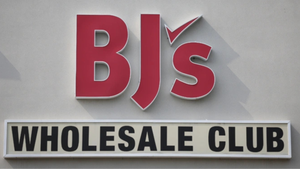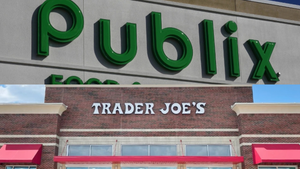How E-Commerce is Evolving the Alcohol CategoryHow E-Commerce is Evolving the Alcohol Category
As adoption for online alcohol sales accelerates, customers are expecting to buy beer online—and they will switch retailers to do so.
June 13, 2018

The e-commerce craze has taken the retailing industry by storm, and the alcohol category is no exception. Despite limited availability, according to Euromonitor, the online alcohol market has grown 20% YOY over the past 10 years, which is five times the growth rate of overall off-trade alcohol sales. And there’s more opportunity on tap: Right now, only 4% of consumers who drink alcohol in the United States buy beer online, but 20% of alcohol drinkers would likely buy beer online if they had the option, according to a BCG alcohol eCommerce survey (December 29, 2017 – January 8, 2018).
As adoption for online alcohol sales accelerates, customers are expecting to buy beer online—and they will switch retailers to do so, making alcohol e-commerce options a critical area of focus for food retailers.
Targeting a new segment of shoppers
Digital channels are an opportunity for incremental sales, as online beer shoppers look very different than average grocery shoppers. They are more often male, higher income, younger and buy beer as part of their routine shopping. This is a new segment that food retailers should be capturing.
For example, one national retailer found that 90% of online shoppers were incremental in the first year of launching e-commerce options. This number will likely come down as e-commerce penetration increases, but it suggests that the first movers will steal share from competitors.
By bringing current customers online, retailers can also increase their lifetime value by 20% to 50%, according to IDC FutureScape, Kantar Retail Analysis. An omni-channel customer spends consistently more and is more loyal than an in-store only customer. One national retailer found that customers who used click-and-collect were spending just as much time in the store but shopped in higher margin categories. Additionally, a CPG found that 30% of sales were incremental for products offered online, and that number grows for expendable categories such as beer.
Discoveries about the online shopping trip
There are nuances in the way online shoppers behave when buying beer versus other grocery items. Grocery shoppers tend to rely on department navigation functions, whereas beer shoppers rely on the search feature to find beer, indicating the importance of search optimization. When it comes to the beer results page, shoppers direct most of their attention towards glancing at product images and not much else, though in some cases they can be swayed by recommended products.
Detailed findings on the above, along with actionable insights and more can be found in eCommpass, Anheuser Busch’s premier toolkit for guiding category growth in beer e-commerce.
What’s next for alcohol and e-commerce?
Determining the right product selection is imperative for success in e-commerce. Anheuser-Busch’s research and insights on the online beer shopper information can help to inform what products and SKUs are most attractive to online customers.
Also, don’t forget to consider marketing efforts. In-store advertising and promotions to boost online sales may seem risky in the short term, but omni-channel customers are more valuable over their lifetime..
As leader in the beer industry, Anheuser-Busch is well positioned to work with CPGs on cross merchandising promotions to grow your total grocery category online.
You May Also Like





